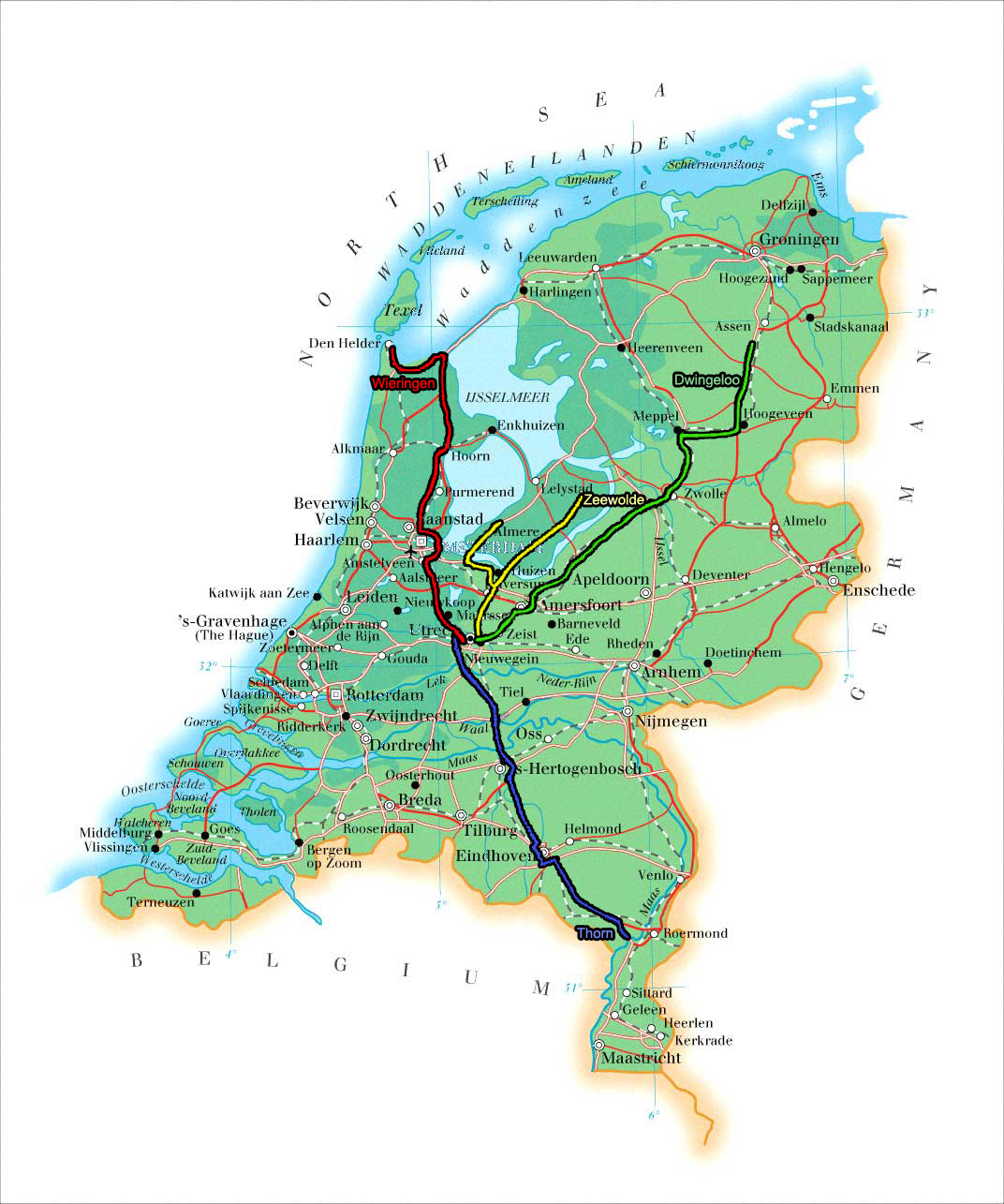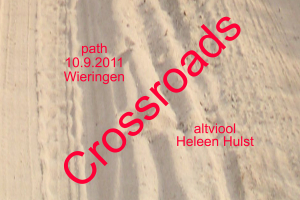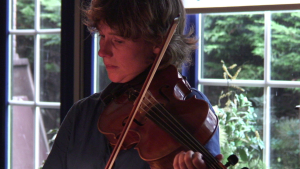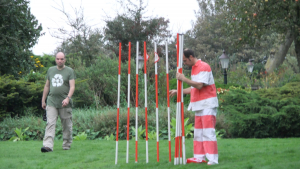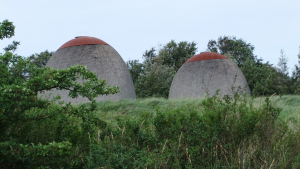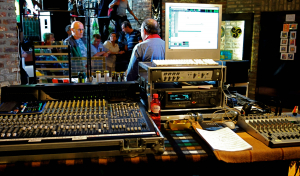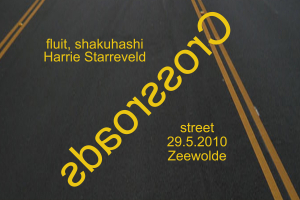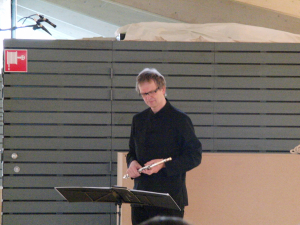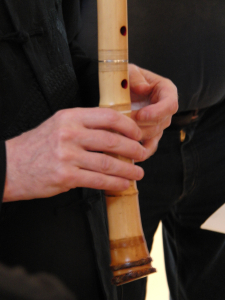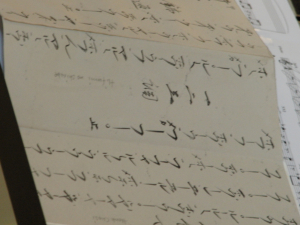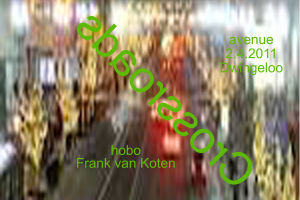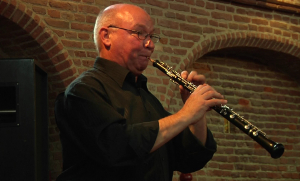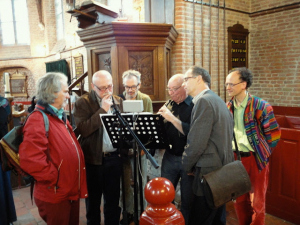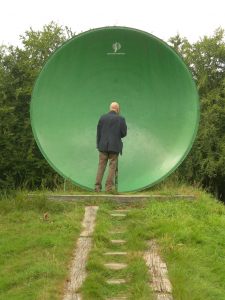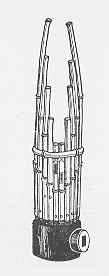Crossroads
‘Crossroads’ consists of four compositions for solo instruments. The four concerts are very intimate (small number of listeners) and only open to the public on a limited basis (by invitation). The places where the concerts take place are determined by traditions and cultures of the past. They can also be places that look to the future; for example a revolutionary building concept within architecture. Light could play an important role here.
The audience is taken by bus from a central location in the Netherlands to a place they do not yet know.
The four compositions for solo instruments differ from each other in their size – the field road is narrower than the avenue – and in the thematic approach of the melodies. Each composition is about 20 minutes long.
“The melody has the future”
Feruccio Busoni
Los Angeles,
15 March 1911
Crossroads – Path
for viola and sand
Viola: Heleen Hulst
10 September 2011, Wieringen
concert in ‘de Harmonie’, Hippolytushoef
Crossroads – Lane
for double bass and moving objects
double bass: Erik Winkelmann
28 June 2008, Thorn
concert in ‘de Glazenmaker’, stained-glass studio
Crossroads – Street
for flute and rolling balls
flute and shakuhashi: Harrie Starreveld
29 May 2010, Zeewolde
concert in ‘de Verbeelding’
Crossroads – Avenue
for oboe and humming tops
oboe: Frank van Koten
2 April 2011, Dwingeloo
concert in the Nicolaschurch
What came next…

